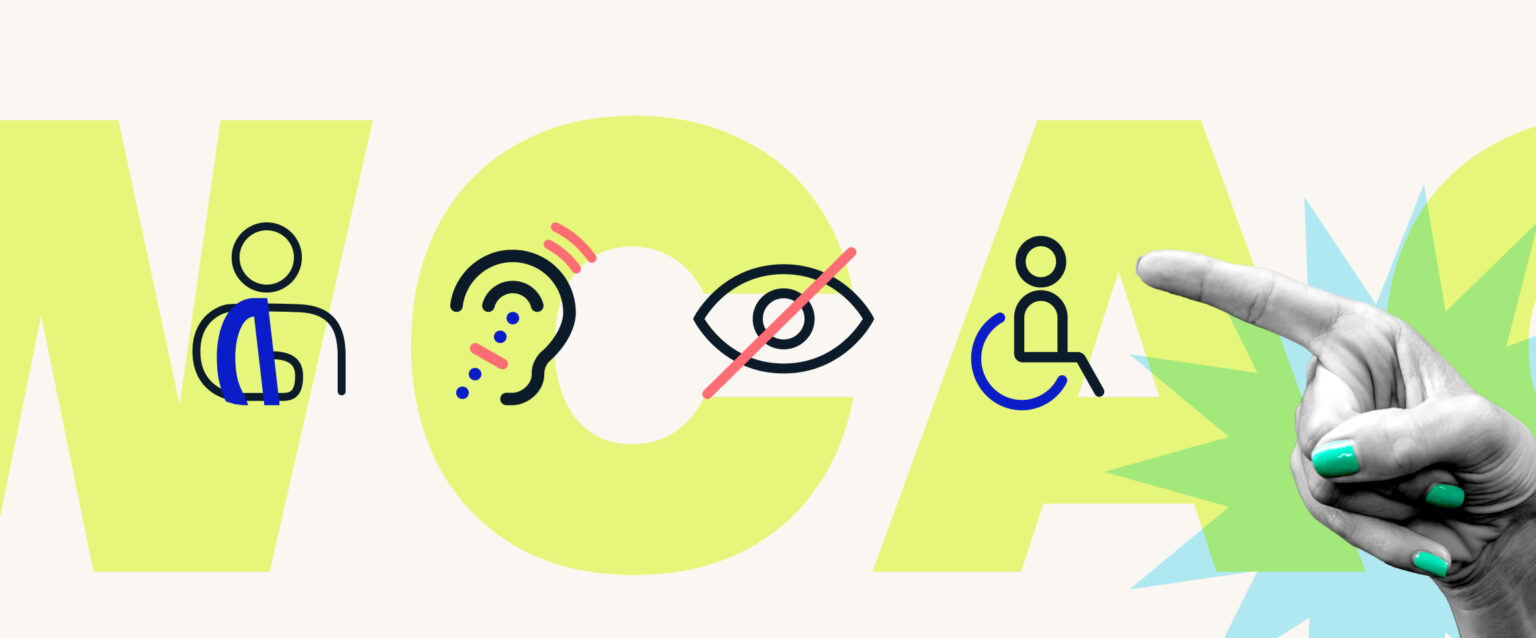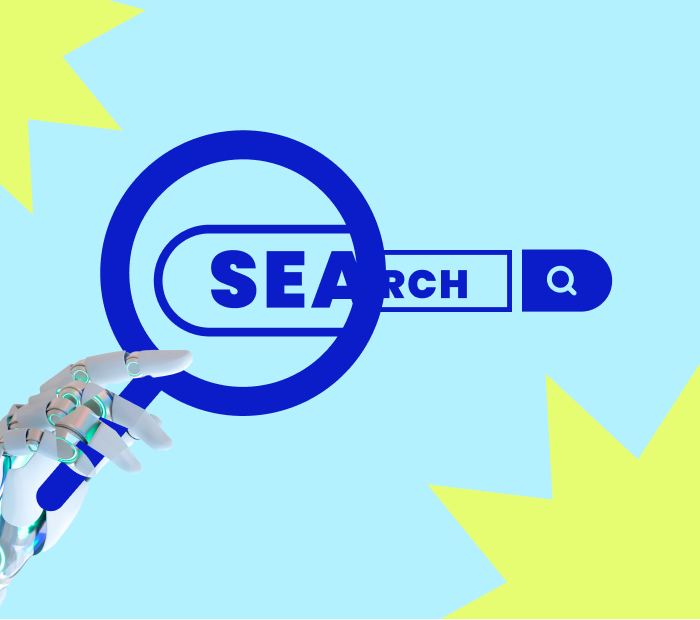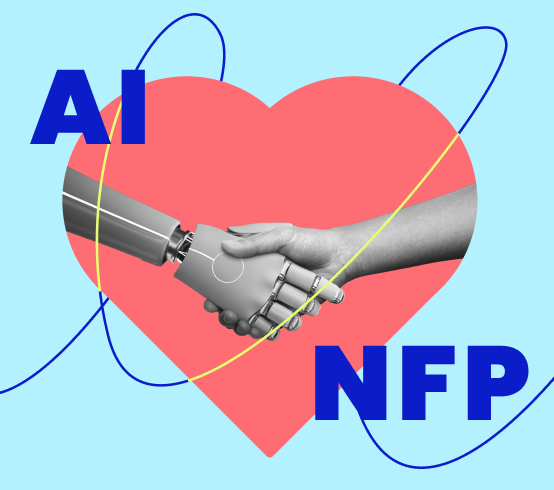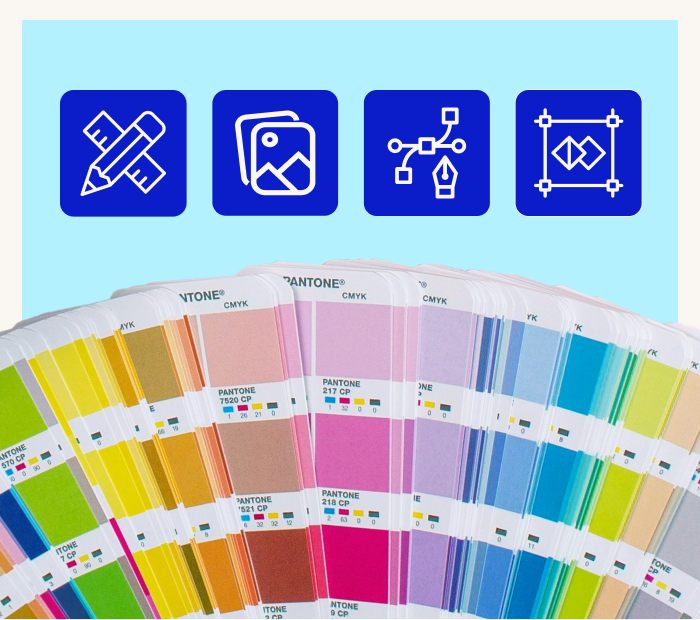
What is WCAG compliance?
WCAG compliance involves following guidelines to make entire site content accessible to all users, including individuals with disabilities. It has three compliance levels: Level A (basic level), AA Level (commonly used), and Level AAA (optimal). Each level of compliance has specific guidelines. Level A ensures basic accessibility, including keyboard navigation and text alternatives. WCAG Level AA covers requirements such as maintaining consistent navigation elements, providing accurate labels for form fields, and ensuring adequate colour contrast. Level AAA represents the highest compliance, making content accessible to the maximum number of users, with features like sign language interpretation and availability of context-sensitive help.
Why is WCAG compliance important?
WCAG compliance is crucial for several reasons:
Provide Inclusivity and Equal Access
WCAG compliance ensures that all users can access information and services equally, regardless of their abilities. It helps empower individuals with disabilities to navigate and engage with pieces of content independently.
Legal Requirements
Not following accessibility rules can result in legal trouble. Many countries, including the United States, have laws that require websites to be accessible to people with disabilities. Failure to comply with these laws can lead to lawsuits and fines.
Enhance User Experience
It improves the user experience for everyone. It ensures clear navigation, readable content, and inclusive design. This benefits people with disabilities and others, like older adults or those with temporary impairments.
Expand Target Audience
A website that is accessible opens up new business opportunities. It can reach a larger audience, including people with disabilities. It also improves search engine visibility and attracts more visitors.
Corporate Social Responsibility
WCAG compliance is necessary by law and reflects social responsibility. It ensures content accessibility, promotes inclusivity, and demonstrates commitment to diversity and equal opportunity.
Significance of Complying to Web Access Guidelines
Complying with web access guidelines is important for more than just reaching a wider audience. There are several reasons why it is essential:
SEO (Search Engine Optimisation)
Google likes accessible websites because they improve user experiences. Following web accessibility guidelines can improve a site’s SEO rankings, making it more visible and generating more traffic.
Innovation and Creativity
Web accessibility often leads to innovative solutions and creative design approaches. Developers and designers are forced to think outside the box, resulting in better user interfaces and experiences.
Economic Advantages
Accessibility has economic benefits, like more sales, lower bounce rates, and increased customer loyalty. It can also help organisations reach the expanding market of consumers with disabilities.
Considerations for Ethical Behaviour
Following web accessibility guidelines is important because it promotes fairness, inclusivity, and non-discrimination. It shows that an organisation values all of its users.
Reputation and Brand Image
Prioritising accessibility shows a commitment to being inclusive and socially responsible. This helps improve an organisation’s reputation and expand its customer base.
The Rules and Guidelines of WCAG
WCAG 2.1 is divided into four principles, and each has its own guidelines and success criteria.
Perceivable
This design principle ensures that users can perceive content in multiple ways. It includes guidelines for providing text alternatives for non-text content, making content adaptable for different display settings, and using distinguishable colours and fonts.
Operable
The principle allows users to navigate and interact with the website. It gives guidelines for keyboard accessibility, providing enough time for users to read and interact with content and ensuring predictable and consistent navigation.
Understandable
The goal is to make the website content and functionality easy to understand. This includes using simple language, organising content consistently, giving users instructions and feedback, and operating in predictable ways.
Robust
This principle ensures that website content can be easily understood by future user agents, including assistive technologies. It includes additional guidelines for using standard coding practices, making sure it works well with different browsers and devices, and providing fallback options for unsupported technologies.
WordPress Hosting
WordPress hosting is designed for WordPress websites. It offers better performance, security, and convenience for WordPress users. It comes with automatic updates, pre-installed plugins, and specialised customer support. It is perfect for WordPress bloggers, e-commerce sites, and businesses heavily using WordPress.
Potential Consequences for Non-Compliance
Non-compliance with WCAG can have various potential consequences, both legal and practical. Here are some of the potential consequences for organisations that fail to adhere to accessibility standards:
Legal Action
Failure to adhere to accessibility standards, as mandated by laws like the Americans with Disabilities Act (ADA) in the United States and Accessibility for Ontarians with Disabilities Act (AODA) in Canada, can lead to legal repercussions, including investigations and expensive lawsuits, due to potential legal complaints arising from inaccessible digital content.
Fines and Penalties
Government agencies can impose fines and penalties on organisations that don’t meet accessibility requirements. The severity of these fines varies depending on the jurisdiction and how much non-compliance there is.
Loss of Business Opportunities
Not making websites and apps accessible can discourage customers with disabilities and cause missed business opportunities. Inaccessibility can exclude this audience, affecting an organisation’s growth and market reach.
Costly Retrofits
Not thinking about accessibility during the early stages of creating digital content can lead to expensive and time-consuming fixes later on. This often requires significant changes and updates to websites and applications. Prioritising accessibility from the beginning can help organisations avoid a range of issues.
Limited Innovation
Not following these standards can restrict an organisation’s ability to use new digital features. But, by adopting accessible design principles, they can encourage innovation and improve user experiences for a wider audience, not just people with disabilities.
Latest WCAG Updates
The latest update, WCAG 2.1, introduced in June 2018, has focused on mobile accessibility, more straightforward guidance for writing effective alternative text for images, stricter requirements for captions and transcripts in multimedia content, and increased attention to cognitive and learning disabilities. These updates emphasise the importance of accessibility beyond visual impairments, integration with other accessibility standards, and the benefits of ensuring equal access to online information and services.
Although there’s already a summary of WCAG 2.2 published online, note that WCAG 2.2 still needs to be a W3C recommendation. WCAG 2.1 is the latest W3C recommendation built upon the previous version, WCAG 2.0.
FAQs
Who benefits from WCAG compliance?
WCAG compliance is beneficial to individuals with disabilities, elderly users, mobile device users, and those with diverse preferences. It also offers advantages to organisations and businesses. It ensures that web content is accessible to all.
How does WCAG compliance impact website accessibility?
WCAG compliance makes website content accessible to all users, regardless of their abilities. This means using clear language and making sure assistive technologies work well. WCAG compliance helps websites become inclusive and unrestricted so people with disabilities can fully enjoy their digital accessibility journey.
Choose Butterfly's For Expert WCAG Compliance Solutions
Butterfly is a website development agency in Melbourne specialising in achieving expert WCAG compliance. Our solution can transform your website into an accessible and user-friendly platform. Choose Butterfly now for expert WCAG compliance solutions, hosting and support, and UI/UX design that will make your website accessible to all.




